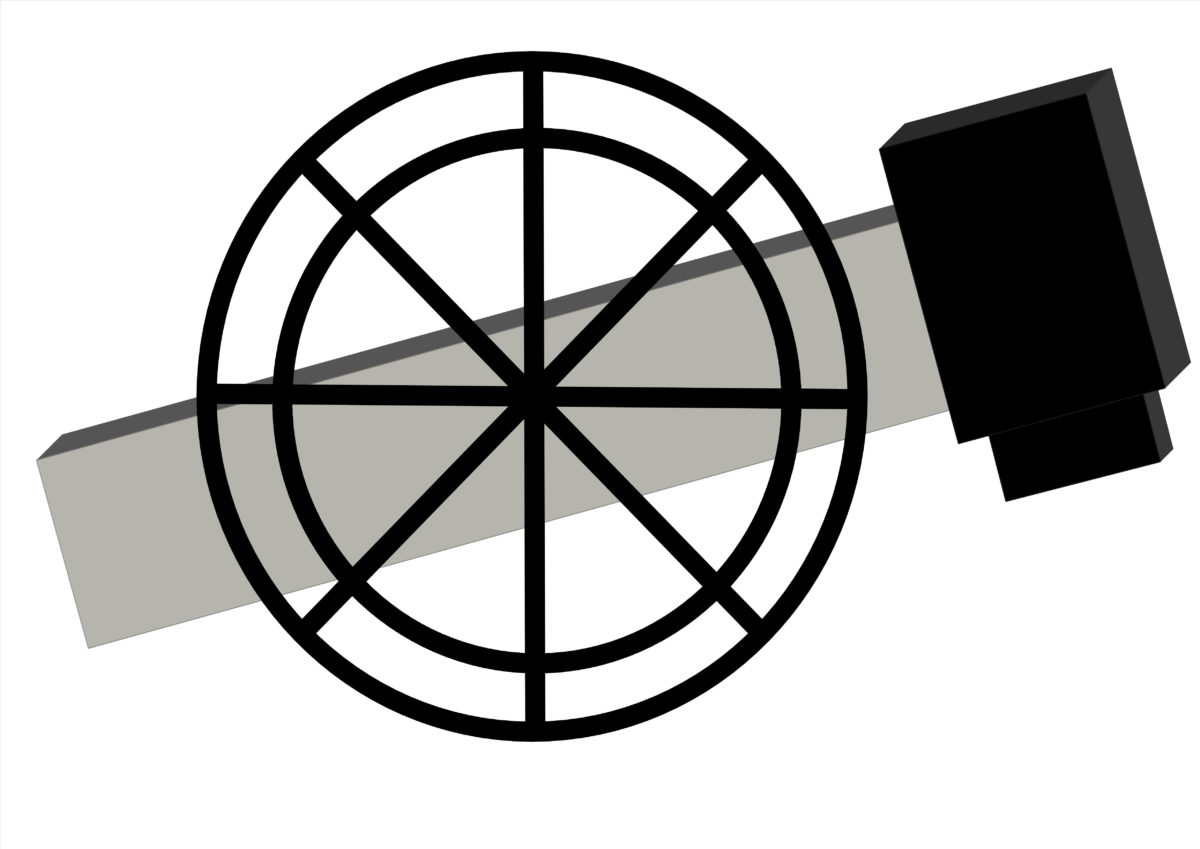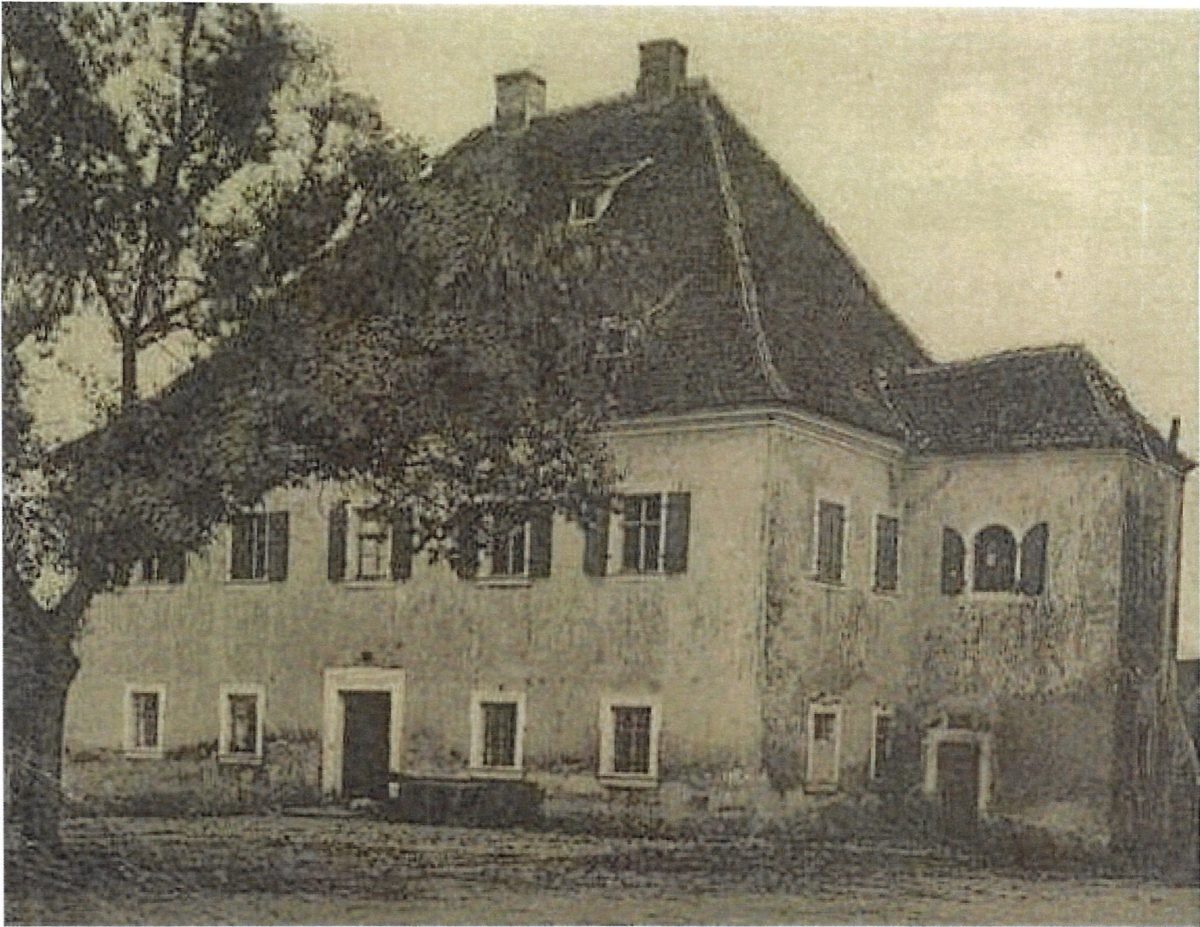Hammergmünd
A hammer dynasty of its own
The hammer mill „Gemünd“ was first mentioned in a document in 1334. The village name is derived from the confluence of the Haidenaab and Creußen rivers from „Gemünde“, meaning „place at the mouth of a river“. The village is divided into Hammergmünd, Dorfgmünd and Bruckendorfgmünd, whereby the former with the hammer mill and hammer estate is the oldest part of the village. Until 1367 Muracher are handed down as owners, from 1371 to 1713 family Mendel is owner of manor and hammer Gmünd for many centuries. The Nuremberg family already held the hammer mills in Hütten and Steinfels. In the 15th century the Gmünd Mendel line was established from Steinfels. The castle of Gmünd is mentioned for the first time in 1465 in a fief letter for Hannes Mendel, master of the hammer mill Gmünd.
Only the best: the rail hammer
Gmünd was a rail hammer, which, in contrast to sheet metal hammers, produced high-quality goods. Here ore was smelted in a furnace, a paddle wheel moved the bellows. Rail hammers were so called because the blacksmith shaped the iron into a rail-like form. The water wheel, driven by the Haidenaab River, made the large hammers rise and fall until they were shut down in 1613 for lack of profitability. After the Thirty Years‘ War, it is recorded that the hammer at Gmünd lay desolate.
New start with modern technology
After the departure of the Mendel family in 1713, Johann Heinrich von Schlammersdorf took possession of Gmünd two years later and continued iron processing with a blast furnace, hammer forges and numerous employees. Two ore and coal feeders worked in the blast furnace, which was new at the time, and two shapers worked below. The workers took turns every twelve hours. The pig iron obtained was finally processed into wagon tires and horseshoes in the fresh fire.
Renewed decline and upswing
Despite the upswing, the owners changed frequently. Through inheritance and marriage, Hammergmünd finally came into the hands of the family of Ignatz Schuster von Lichtenfels in 1836, who had been in Gmünd for several generations. At that time, the hammer mill is again described as lying idle. With the construction of the Weiden – Bayreuth railroad line in 1863, foreign ore came into the country, wood prices increased and the hammer mill was abandoned. Instead, Baptist Schuster built a glass grinding and polishing plant in 1866, a spirit distillery in 1880, and converted the wastelands to meadowland. He renovated the agricultural buildings and briefly helped Hammergmünd to blossom again. From 1903, his sons Karl and Franz sold livestock and land, and the property was auctioned off in 1908. Finally, the first general of the military training area Oskar Menzel bought the hammer castle in 1918. He already lived in it from 1912 until his death in 1930. In 1939 the city of Weiden acquired the Gmünd estate and handed it over to the Bavarian Red Cross BRK from 1949. From 1960 to 1987, the Hammer castle was used as a retirement home and received an extension. This was dismantled again and the retirement home was housed in a new building. The old Hammer castle is now privately owned.
Prehistoric find
A special historical find was discovered in 1964 at the Red Cross Ponds between Gmünd and Hütten. It is a stone axe from the Neolithic period. A replica of it is exhibited in the Grafenwoehr Culture and Military Museum.
Hammergmünd Castle, postcard from 1904
© Archive Culture and Military Museum Grafenwöhr
 cycle trail ‚hammer mills & mills‘
cycle trail ‚hammer mills & mills‘